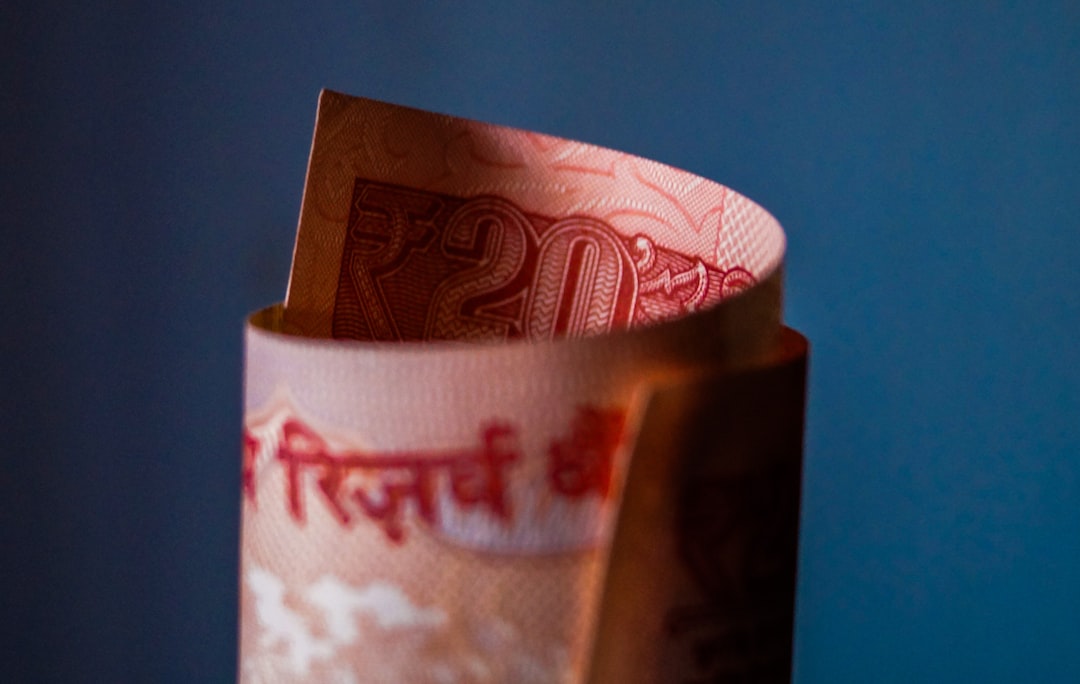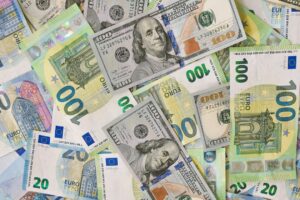Comparing the Volatility of the Stock Market and Forex Market
When it comes to investing, two popular options that often come to mind are the stock market and the forex market. Both of these markets offer opportunities for investors to grow their wealth, but they also come with their own set of risks and rewards. One important factor that investors need to consider when choosing between these two markets is the level of volatility. In this article, we will compare the volatility of the stock market and the forex market to help investors make informed decisions.
Volatility refers to the degree of variation or fluctuation in the prices of assets over a specific period. In simple terms, it is a measure of how much an asset’s price can change in a given timeframe. Volatility is an important concept in investing as it helps investors assess the risks associated with an investment.
The stock market, also known as the equity market, is a marketplace where shares of publicly traded companies are bought and sold. It is one of the most well-known investment options and has a long history of providing attractive returns to investors. However, the stock market is also known for its volatility.
Stock prices can be influenced by various factors such as economic conditions, company earnings, geopolitical events, and investor sentiment. These factors can cause stock prices to fluctuate significantly in a short period. For example, during times of economic uncertainty, stock markets tend to experience higher levels of volatility as investors react to changing conditions.
One commonly used measure of stock market volatility is the VIX index, also known as the fear index. The VIX measures the market’s expectation of future volatility by analyzing the prices of options on the S&P 500 index. A higher VIX value indicates higher expected volatility, while a lower value indicates lower expected volatility.
On the other hand, the forex market, also known as the foreign exchange market or currency market, is the largest financial market in the world. It involves the trading of currencies between different countries. Unlike the stock market, which operates on exchanges, the forex market is decentralized and operates 24 hours a day.
The forex market is known for its high liquidity, with trillions of dollars being traded daily. This liquidity means that investors can enter and exit positions easily without significant price impact. However, the forex market is also known for its volatility.
Currency prices can be influenced by various factors such as interest rates, economic indicators, political stability, and global events. These factors can cause currency prices to fluctuate rapidly, creating opportunities for profit, but also increasing the risks involved.
One commonly used measure of forex market volatility is the average true range (ATR). The ATR is a technical indicator that measures the average range between the high and low prices of a currency pair over a specific period. A higher ATR value indicates higher volatility, while a lower value indicates lower volatility.
Comparing the volatility of the stock market and the forex market, it is clear that both markets can be highly volatile. However, there are some key differences to consider.
Firstly, the stock market tends to experience more significant price swings compared to the forex market. This is because stocks are influenced by a wide range of factors, including company-specific news, industry trends, and macroeconomic conditions. In contrast, the forex market is primarily driven by economic indicators and geopolitical events, which can still cause significant price movements but may be more predictable.
Secondly, the forex market is open 24 hours a day, five days a week, allowing investors to react to news and events in real-time. This constant availability can lead to increased volatility as traders from different time zones react to new information. In contrast, the stock market operates during specific hours, which may limit the immediate impact of news on stock prices.
Lastly, the size of the forex market, with its massive daily trading volume, can dampen volatility in some cases. Large institutional players and central banks often participate in the forex market, which can stabilize prices to some extent. In contrast, the stock market may be more susceptible to sudden price movements due to the actions of individual investors or smaller institutional players.
In conclusion, both the stock market and the forex market can be highly volatile, but they have some key differences in terms of the factors that drive volatility and the magnitude of price swings. Investors should consider their risk tolerance, investment goals, and time commitment when choosing between these two markets. It is also important to note that volatility can present both opportunities and risks, and proper risk management strategies should be employed to navigate these markets successfully.





